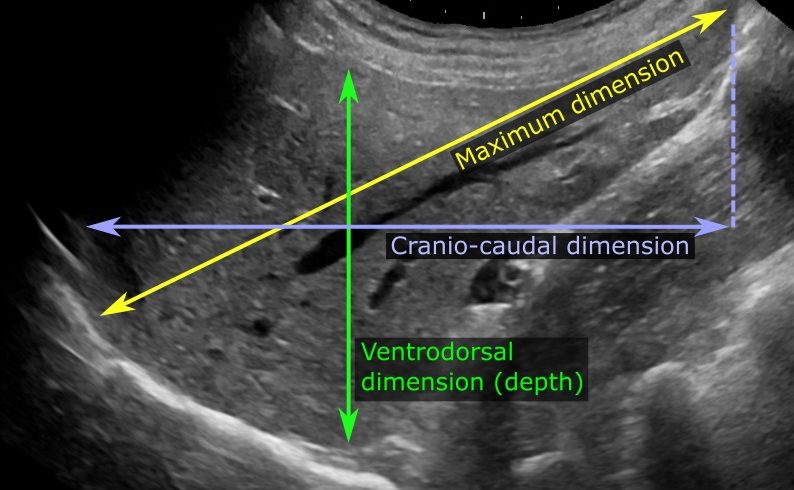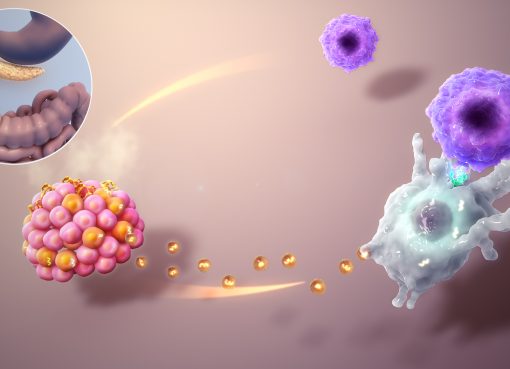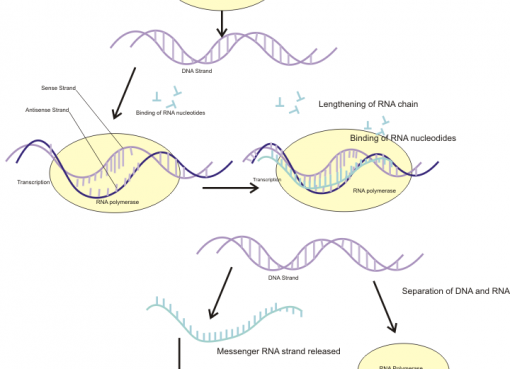Research Highlights
Ultrasonography with a sticker
Ultrasonography is one of the indispensable non-invasive diagnostic tools both in medical and veterinary science. It is mostly used for imaging tissues and organs to determine various patho-physiological status of human and animals. However, the use of probe or transducer is a constraint in monitoring patients for longer duration; moreover, use of such probe is also a difficult task in veterinary science. Although, there are stretchable ultrasound probes which comes as a portable device, but it produces low-resolution or distorted images. Looking into these facts, engineers from MIT have designed a bio-adhesive sticker-based ultrasound device to capture live images up to 48 hours. This bio-adhesive ultrasound (BAUS) device is almost stamp-sized which measures a two square centimetres area with three-millimetre thickness. The device can be attached to various locations of body such as arms, abdomen, neck and chest. The device was successful in producing high-resolution clear images of heart, lungs, gastrointestinal tract, diaphragm, and major blood vessels for almost 48 hours. The BAUS device could take images of internal organs during different actives of human life such as sitting, sanding, walking, jogging and even while riding bike. The only limitation of BAUS in the current format is that it is to be connected to another device for image processing. Therefore, the team at MIT is currently working to make it completely wireless which will be a great boost to the medical and veterinary science.
Sources:
- Bioadhesive ultrasound for long-term continuous imaging of diverse organs. Science (2022).
A step towards immortality by cheating death
Nothing is permanent and no one is immortal. However, the modern scientists of the world are trying to look into life from all dimensions and at every level to solve the mystery of life and death. In this regard, researchers from Yale have made a breakthrough by restoring life in dead cells and organs of pigs. In their experiment, they could successfully restore the molecular and cellular functions of certain vital organs like heart, liver and kidneys of pigs after one hour of warm ischaemia. To restore the functions of dead pigs, they developed a special fluid known as OrganEx which contains compounds that can inhibit inflammatory reactions and promotes cellular function in dead organs. There was no difference between heathy and dead organs treated with OrganEx under microscopic study. Moreover, OrganEx could successfully restore the blood circulation in dead pigs. The findings of this study could help in prolonging the life of damaged organs as well as it might increase the availability of organ donors in future.
Sources:
- Cellular recovery after prolonged warm ischaemia of the whole body. Nature (2022).
Designed bacteria as anti-cancer drug
Cancer is a great burden to the human population, and it is prevalent across the globe. There are more than 100 types of cancer that affects human and animals. Annually cancer takes approximately 10 million life world-wide annually. Although the exact cause of cancer is still a mystery, but several pre-disposing factors have been identified. The global scientific community is trying hard to develop anti-cancer drugs using different platforms but still there is no magic bullet to combat all types of cancer. However, there are anti-cancer drugs that are effective when it is diagnosed at very early stage; otherwise, in later stage the prognosis is always grave. Another limitation of anti-cancer therapy is the unavoidable side-effects, which damages the healthy tissue. In order to address such issues, a team of researchers from California Institute of Technology have genetically modified bacteria to kill tumour cells without hampering the normal cells. They have modified the Nissle 1917 strain of E. coli which contains two new sets of additional genes. One set of genes (the first set) expresses nanobodies which activates the immune system against tumour cells while other sets act (second set) as thermal switch to turn on the nanobodies encoding genes at a particular temperature which is in between 42-43° C. When injected to the blood stream, the modified bacteria are spread throughout the body but they are destroyed by the host immune system; whereas, the bacteria that have colonized the cancerous cells remain alive due to the immunosuppression nature of the cancerous cells. Now, to switch on expression of the thermal dependent genes, the team has used focused ultrasound (FUS) which is similar to ultrasound used in deep organ imaging. This FUS increases the temperature of the area or tissue to which it is spotted without affecting the surrounding health tissues. Thus, the second set of genes are expressed and in return, it activates the nanobodies encoding genes (the first set) which destroy the cancerous cells with the help of immune system. This concept was successfully proved in mice model.
Sources:
- Ultrasound-controllable engineered bacteria for cancer immunotherapy. Nature Communications (2022).
One step more to cure AIDS
Acquired immunodeficiency syndrome (AIDS) is caused by a retrovirus, the human immunodeficiency virus (HIV). About 40 million population of the world is living with HIV and in 2021, there were 650000 deaths due to AIDS (WHO, 2022) and almost 1.5 million new cases were reported in the same year. Till today, there is no cure for AIDS, although many vaccines or drugs are still in the experimental stage. As an addition to the field of vaccine development, scientists from Tel Aviv University have identified a cure for AIDS. The team developed a method to manipulate the B-cells in in-vivo condition that could produce neutralizing antibodies against HIV. They used two adeno-associated viral vectors, one encodes of which an anti-HIV neutralizing antibodies (3BNC117) and the other encodes Cas9 of Staphylococcus aureus which helps in editing of B-cells to secrete neutralizing antibodies. The concept was well-established in laboratory animal model. Another beauty of the method was that whenever these engineered B-cells encounter HIV, it will stimulate the cells to divide and if viruses modify, then the B-cells will also change accordingly to give tough fight with the HIV. Hope the findings of this study leads to development of a cure for AIDS in the near future.
Sources:
- In vivo engineered B cells secrete high titers of broadly neutralizing anti-HIV antibodies in mice. Nature Biotechnol (2022).




